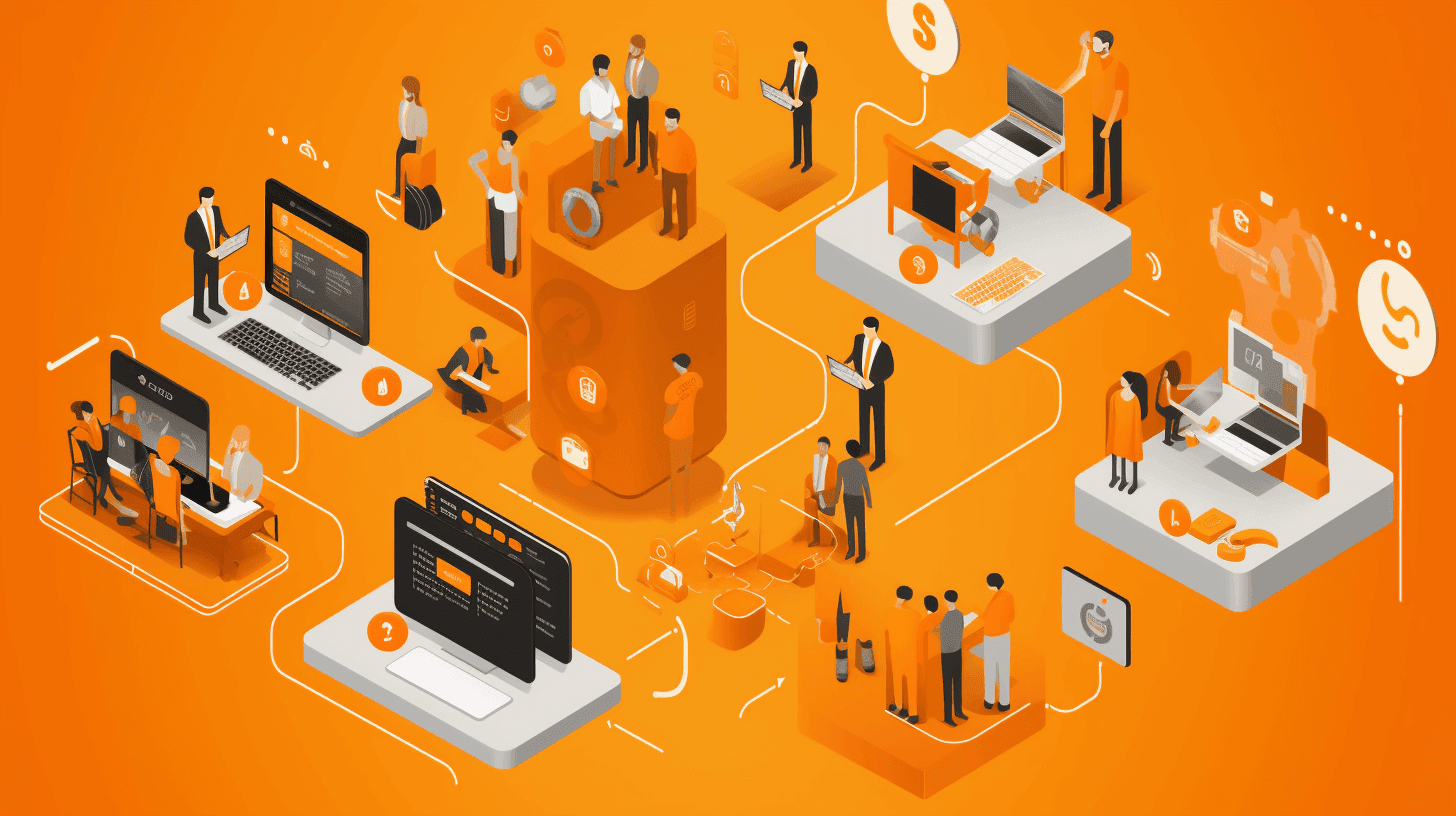How To Increase Conversions With A Headless Infrastructure
In today's rapidly evolving digital landscape, e-commerce strategies are constantly adapting to meet changing consumer demands and technological advancements. Headless commerce represents a significant shift in how businesses approach online sales, offering unparalleled flexibility and customization options. This article from Kapsys delves into the world of headless commerce, explaining its workings and highlighting its benefits for businesses, particularly in the B2B sector.
Thank you
We’ve received your message. Someone from our team will contact you soon by email
ContinueBack to main pageSign up to our blog to stay tuned about the latest industry news.
How To Increase Conversions With A Headless Infrastructure
Increasing conversions with a headless infrastructure involves leveraging the flexibility and advanced capabilities of headless commerce to create a more engaging, personalized, and seamless customer experience. Here's how businesses can achieve this:

1. Enhance User Experience with Customized Front-Ends
- Personalization: Use the flexibility of headless commerce to create highly personalized user experiences. Tailor the interface, content, and offers based on user behavior, preferences, and past interactions.
- Responsive Design: Ensure your website is optimized for all devices. With headless commerce, you can easily adapt the front-end for different screens without altering the back-end.
2. Implement Omnichannel Strategies
- Seamless Integration Across Channels: Utilize headless commerce to provide a consistent experience across various touchpoints, like mobile apps, social media platforms, and physical stores.
- Real-Time Inventory Updates: Keep inventory information synchronized across all channels, reducing the risk of overselling and improving customer satisfaction.
3. Utilize Advanced Technologies
- AI and Machine Learning: Integrate AI tools for personalized recommendations, predictive search, and chatbots to enhance customer interaction and guide them towards a purchase.
- AR/VR Experiences: Employ augmented reality (AR) or virtual reality (VR) to offer immersive product previews, which can increase engagement and confidence in purchase decisions.
4. Optimize Performance and Loading Speed
- Faster Load Times: A headless architecture can significantly reduce website load times, enhancing user experience and reducing bounce rates.
- Scalability: Easily scale up the back-end during high traffic periods without disrupting the front-end user experience.
5. Streamline Content Management
- Dynamic Content Delivery: Use headless CMS (Content Management System) to quickly update content across all platforms, keeping your offerings fresh and relevant.
- Localized Content: Tailor content for different regions and languages, which can be effectively managed through a headless CMS.
6. Leverage Data Analytics
- Data-Driven Decisions: Use the wealth of data available through various customer touchpoints to make informed decisions about user experience improvements and personalized marketing.
- Continuous Improvement: Regularly analyze customer interaction data to identify areas for optimization and continuously refine the user journey.
7. Integrate Social Proof and Reviews
- Leverage Reviews and Ratings: Display customer reviews and ratings dynamically across various platforms. Positive social proof can significantly influence purchase decisions.
- User-Generated Content: Encourage and showcase user-generated content like customer photos or videos, which can enhance authenticity and trust.
8. Streamlined Checkout Process
- Simplified Checkout: Use headless commerce to design a straightforward and quick checkout process, reducing cart abandonment.
- Multiple Payment Options: Offer a variety of payment options, including digital wallets and local payment methods, to cater to a wider audience.
By focusing on these areas, businesses can effectively use headless commerce to not only enhance the customer experience but also drive higher conversion rates. The key is to continuously innovate and adapt the front-end to meet evolving customer expectations while maintaining a robust and efficient back-end.





